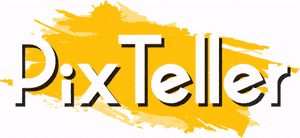The Psychology of Color and Sound in Brand Video Storytelling

Sound and color in branding are like spices in a curry.
Use the wrong one, and it can feel off. Sound affects us so profoundly that it can alter our heart rate.
Your brand jingle may become your audience’s unofficial therapist.
Ever watched a brand video and felt oddly inspired?
Or strangely hungry? Without knowing why? That’s not sorcery.
That’s the subtle power of using psychology in video content. Yep, your brain’s being gently nudged by color palettes and backgrounds more than you realize.
In the world of storytelling, color, and sound aren’t just aesthetic choices. They are psychological strategies.
So, if your brand videos feel more “meh” than “mesmerizing,” it may be time to tap into the science behind the art.
Because when you start using psychology in video content, you are not just telling a story!
You are making people feel it.
Understanding Color Psychology In Brand Videos
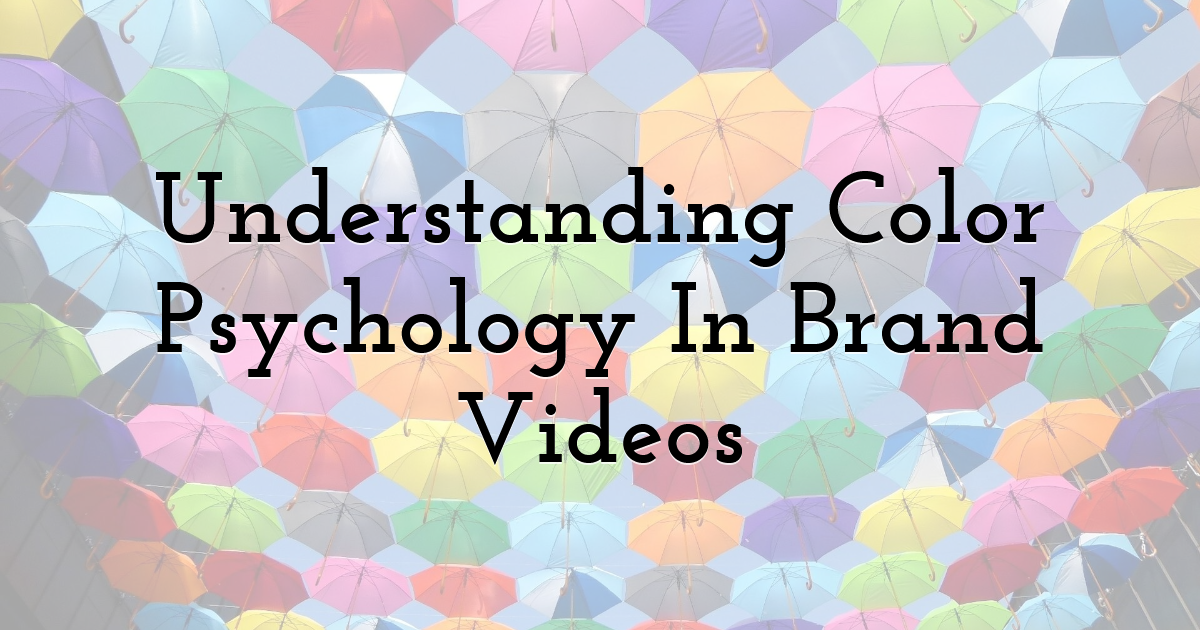
Color psychology explains how colors affect mood and well-being. It links colors to feelings and actions.
Many ancient societies have historically used color for emotional and spiritual reasons.
How do Colors Influence Emotions and Consumer Behavior?
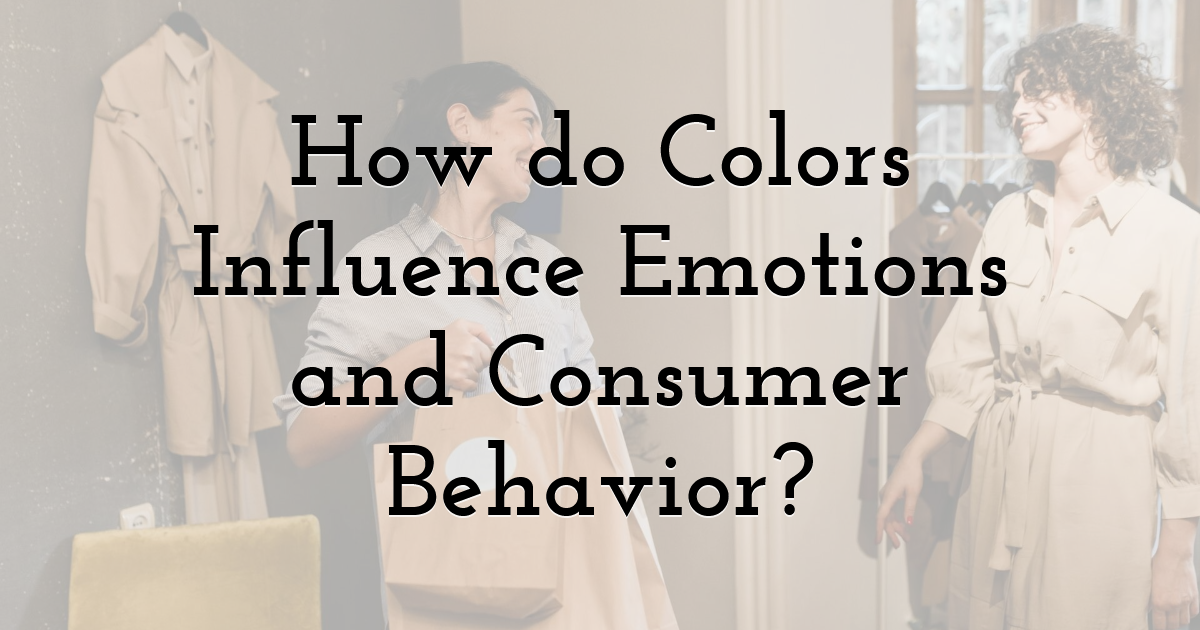
Colors make people feel certain emotions.
They change how people see brands and what they choose to buy.
Warm colors like orange, yellow, and red make people feel urgent, excited, and energetic.
As a result, it often leads to impulsive purchases.
- • Cool hues like blue and green promote brand loyalty and intelligent decision-making by evoking feelings of serenity, trust, and relaxation.
- • Red is associated with passion and vigor, raises heart rate, and enhances arousal. Fast food and entertainment companies commonly exploit it to draw in impulsive customers.
- • Blue is a popular color for computer companies and financial organizations because it communicates calmness, dependability, and trust.
- • Green is frequently used to convey eco-friendliness and well-being since it represents nature, health, and sustainability.
Cultural Meanings And Symbolism Of Colors In Branding
Color symbolism varies widely across cultures and can significantly affect brand interpretation:
- • Red symbolizes luck and prosperity in China but can mean danger or aggression in Western cultures.
- • White represents purity and innocence in Western societies but is associated with mourning in many Asian cultures.
- • Green conveys nature and health in Western contexts but can signal infidelity or be forbidden in some Asian and Middle Eastern regions.
- • Blue is widely seen as a symbol of trust and professionalism globally, but may also have religious or melancholic connotations in certain regions.
Psychological Effects Of Popular Brand Colors

Red
Red is an energizing hue linked to urgency, passion, and enthusiasm.
It can cause sentiments of anger, love, domination, and power. It also increases physiological arousal, such as blood pressure and heart rate.
Several companies use red to draw attention, pique interest, and create excitement.
For instance, Coca-Cola, Netflix, and McDonald's.
Blue
Blue encourages loyalty, composure, trust, and efficiency.
It is a popular color all over the world. It is frequently chosen by banks and tech firms to stand for dependability and professionalism.
Blue spaces in offices and stores promote mindful purchasing while building creativity and relaxation.
Green
Green is linked to growth, nature, well-being, and leisure.
It is a popular option for health and environmental brands like Whole Foods and Starbucks. It communicates sustainability and eco-friendliness.
Green provides a relaxing psychological impact that encourages stress relief and creativity.
However, the cultural connotations of green might shift, thus branding must be used carefully.
Role Of Sound Psychology in Brand Videos
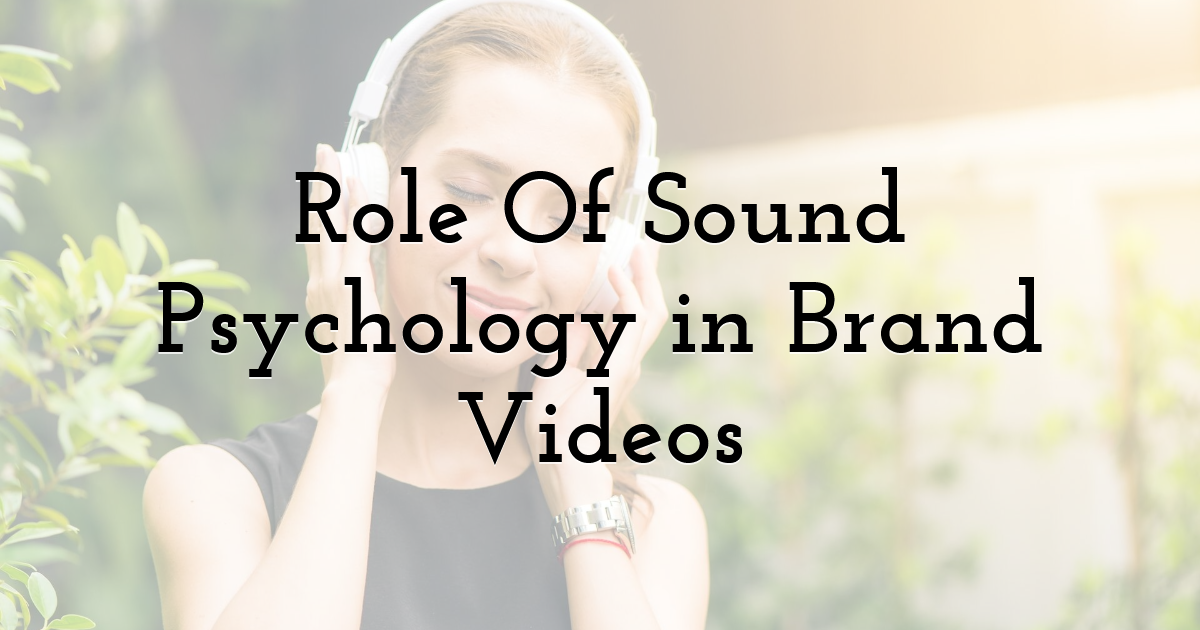
Sound psychology studies how the brain understands sounds and how these sounds affect people's feelings and actions.
It mixes how we hear with the science of sound, like sound waves, frequency, and loudness.
It also looks at how the brain connects sounds to thoughts and emotions. Hearing is just one part of how we sense sound.
Another part is how the brain adds meaning and emotion to the sounds we hear.
Sounds can change how we feel and what we remember.
How Sound Evokes Emotions and Enhances Brand Identity
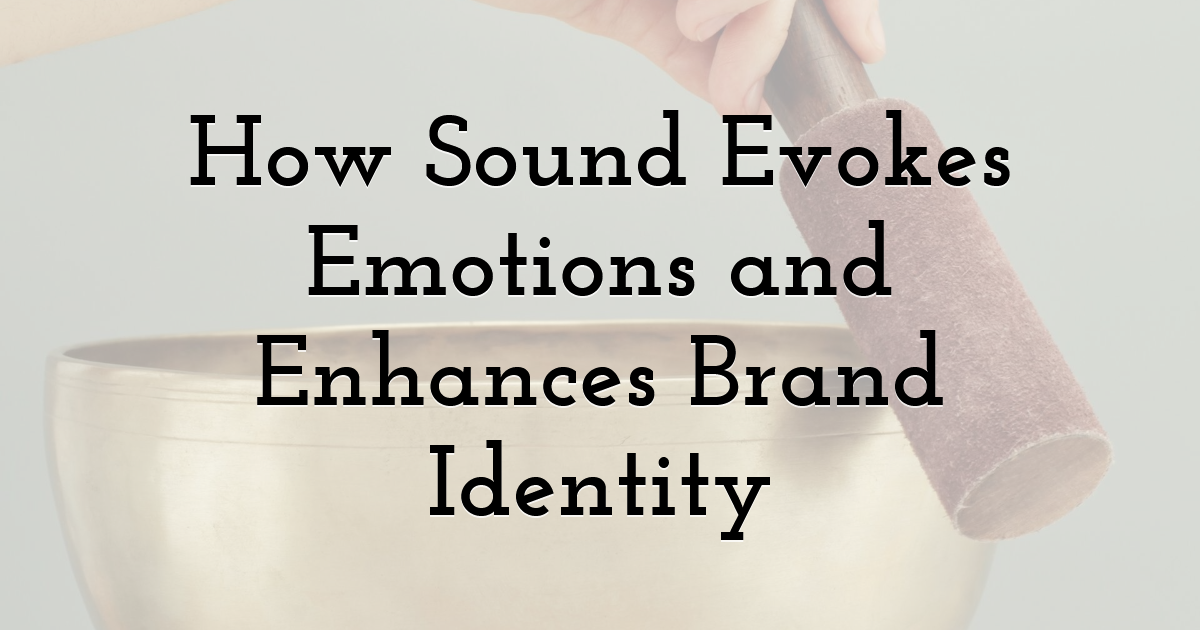
The power of sound to instantaneously evoke strong emotions is amazing. Slower tempos can create serenity, while faster tempos can create enthusiasm.
Pleasurable noises trigger the release of neurotransmitters like dopamine. They build emotional connections.
Brands use sound to build trust, excitement, or nostalgia. This helps them connect with their audience and strengthen their brand.
This emotional bond makes a brand easier for customers to relate to and recall. Jingles and sonic logos are examples of strategic sounds used in marketing that stimulate neurological pathways linked to memory and pleasure.
It ultimately increases customer loyalty.
Types Of Sound Elements
The types of sound elements used in brand videos are:
- • Jingles
- • Sound Logos
- • Background Scores
- • Ambient Sounds
Impact of Sonic Branding on Memory and Consumer Behavior
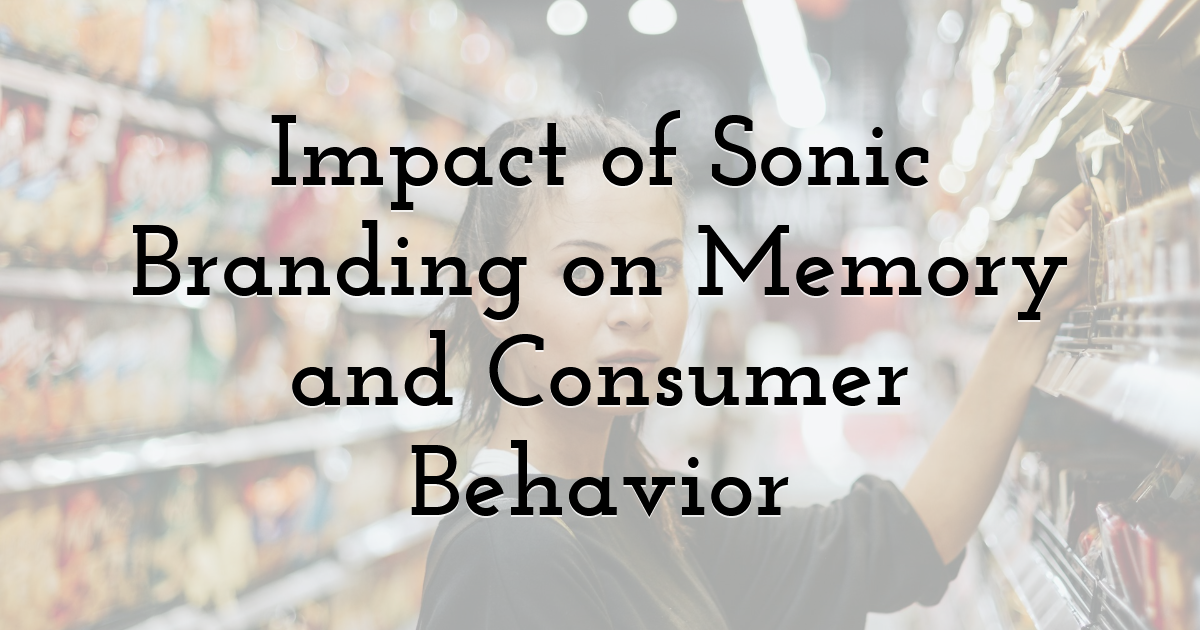
Branded sounds stick in people's memories. Sonic branding triggers parts of the brain linked to emotion, memory, and motivation.
Hearing the same sound again and again helps people remember the brand and feel connected to it. This also affects what they buy and how loyal they stay to the brand.
Studies show that sonic logos can boost sales and brand engagement.
Some even reach 94% recognition. Sonic branding works by tapping into emotions people may not even notice.
It influences behavior without them realizing it.
Combining Color and Sound for Maximum Impact
To improve narrative and brand experiences, color and sound work in concert to:
- • Appeal to a variety of senses
- • Evoke stronger emotional reactions
- • Strengthen brand identification
To use these parts well, a company must follow its brand values and understand how they affect customer choices
How Do Color and Sound Work Together to Enhance Storytelling?
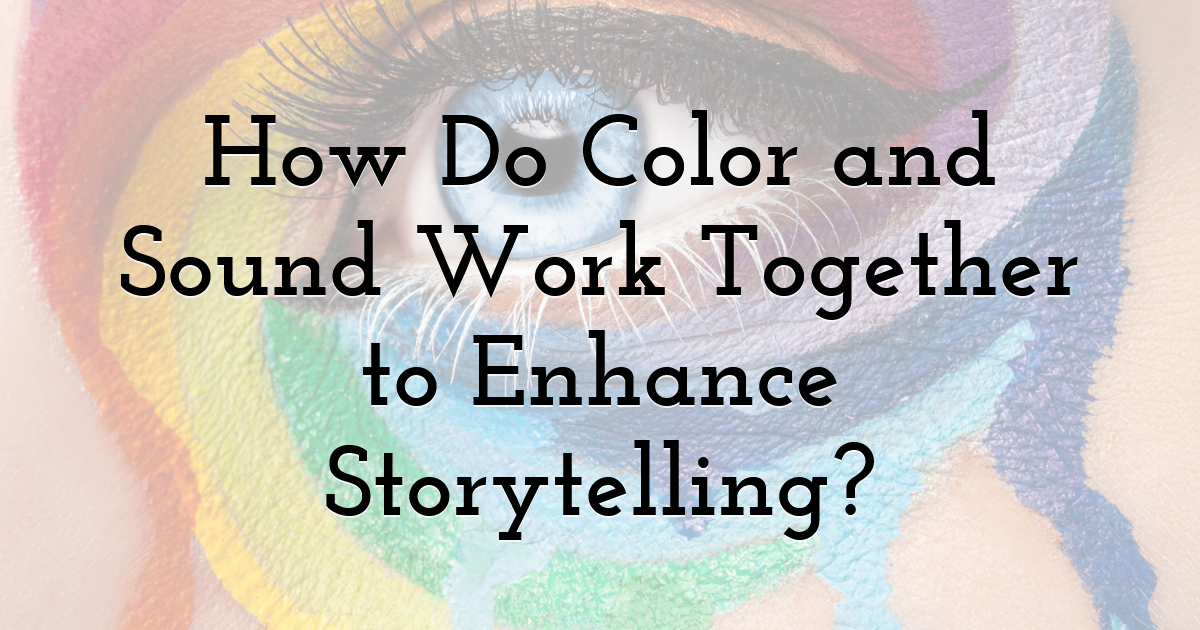
Color and sound often work together to tell stories.
Our senses connect them to create stronger feelings and experiences.
Light waves carry color, and sound waves carry sound, but their frequencies are very different.
Storytellers match certain sounds with certain colors to set the mood.
For example, slow music and soft colors can show romance or mystery.
Fast music and bright images can create excitement. Deep sounds from cellos and bassoons often go with dark colors in sad scenes. Light sounds from flutes and clarinets usually match bright colors in happy scenes.
These color-sound matches also affect how we feel.
Practical Strategies for Using Color and Sound in Brand Video Storytelling
The practical strategies for using color and sound in brand video storytelling are:
For colors:
- • Plan your color palette in pre-production
- • Use color psychology to evoke emotions
- • Define color symbolism and consistency
- • Use color transitions for narrative progression
- • Leverage contrast and lighting
- • Tailor colors for the audience and platform
For sound:
- • Align sound with narrative and emotional tone
- • Use sound to create immersion and atmosphere
- • Employ audio branding elements
- • Balance dialogue, music, and sound effects
- • Use sound for engagement and pacing
- • Innovate with sound design and techniques
- • Consider Accessibility
FAQ: Psychology of Color and Sound in Brand Video Storytelling
What is a brand story video?
A brand video story is a powerful tool that helps brands and businesses convey their unique identity, values, and mission through an intriguing visual story.
What is a brand storytelling example?
Some brand storytelling examples are Coca-Cola, Guinness, and Apple.
What are storytelling videos?
Storytelling videos are marketing strategies that use the video format to share a story that helps boost your brand awareness with the audience.
Until next time, Be creative! - Pix'sTory
Recommended posts
-

Transparency & Opacity: How To Use Them
Read More › -

How to Add an Anime Filter to Your Videos
Read More › -
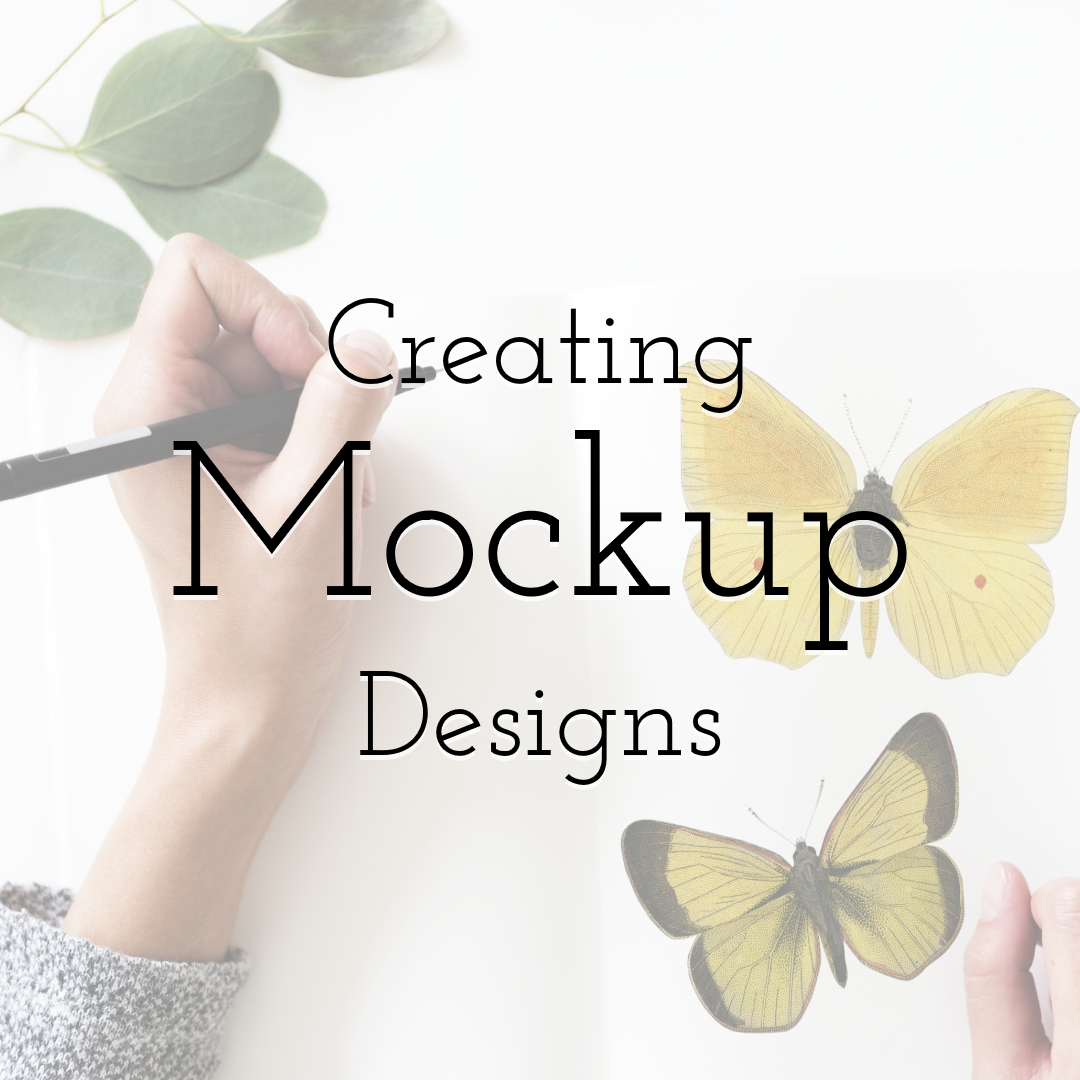
How to Create a Mockup Image for Your Social media Campaigns
Read More › -

The Hidden Gem for Marketers: Personalized Video at Scale
Read More › -
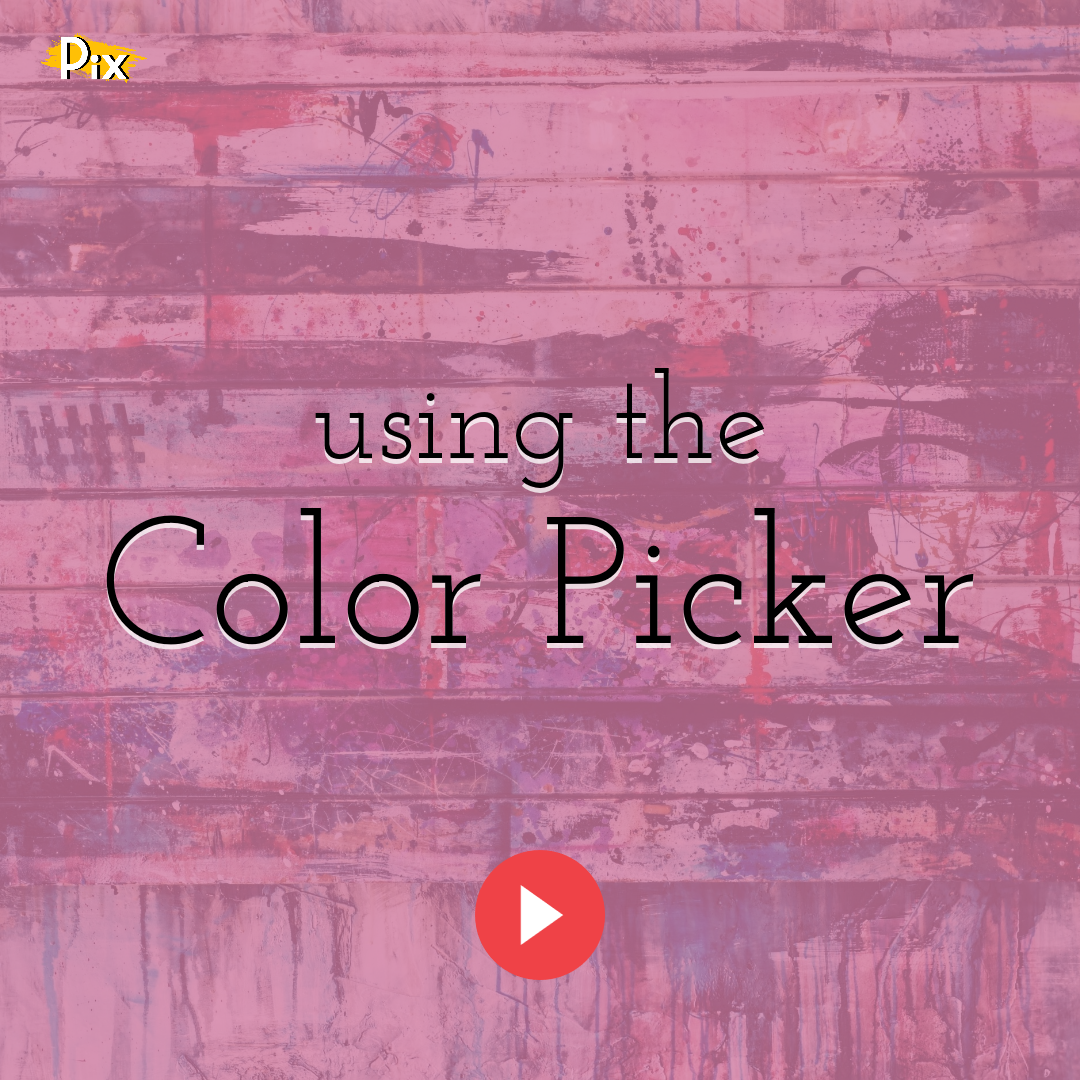
Solid, Linear and Radial Gradient Colors Explained
Read More › -

Best Video Editor SDKs for Creating Apps with Built-In Editing
Read More ›
